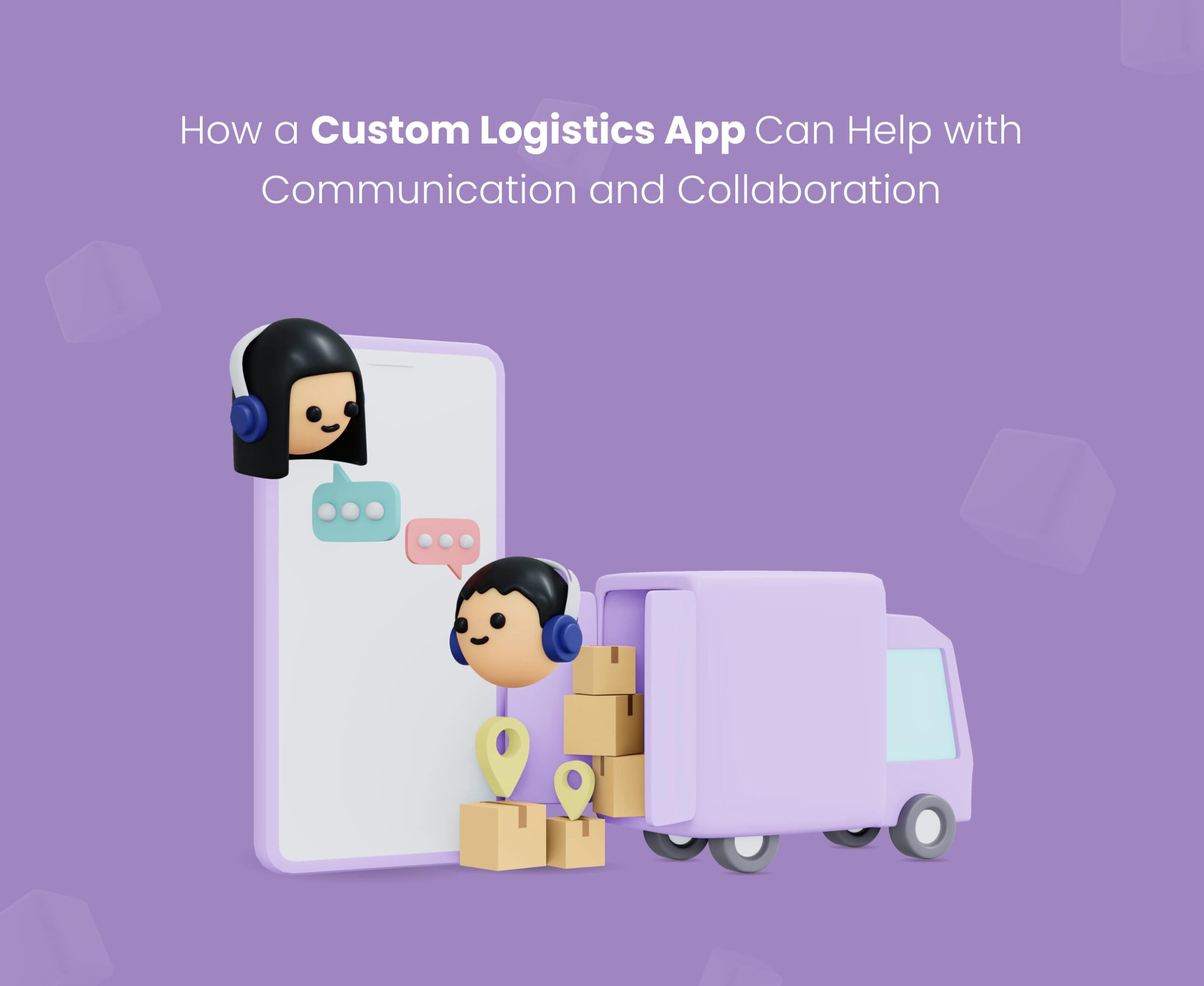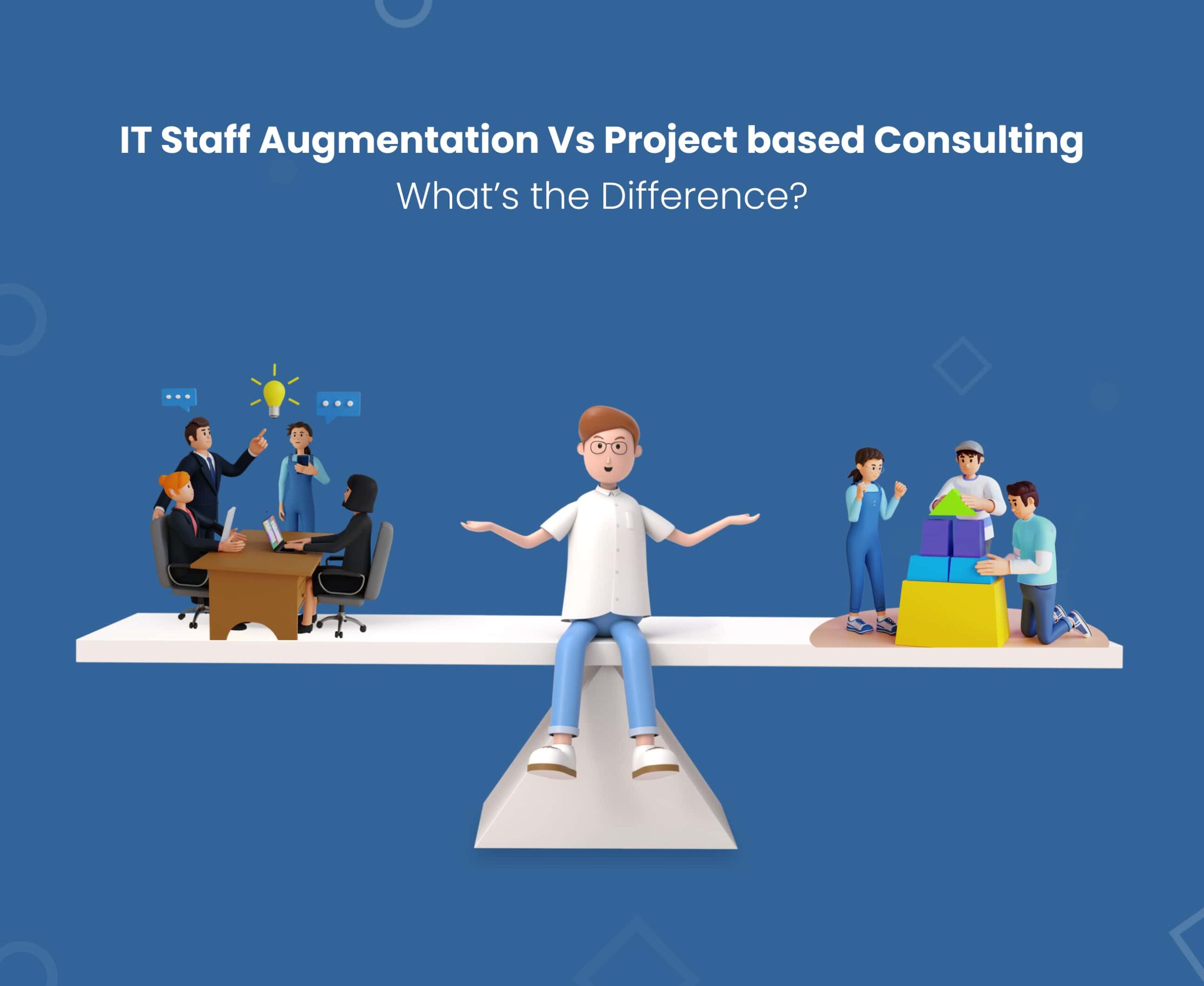Would you like to have complete control over all transportation and logistics operations? Are you looking for a way to keep your clients informed about the whereabouts of their shipments? Do you want to monitor the movement of your fleet constantly? If so, these are important questions to consider when running a transportation and logistics business. Fortunately, mobile technology offers custom solutions through mobile apps. While you may have heard of these solutions before, you may be concerned about the advantages and expenses of transportation and logistics apps offering a wide range of features. In this article, we will address these concerns by outlining the process of developing such an app and how leveraging mobile app development services can be helpful.
Table Of Content🧾 Need for Transportation and Logistics App Development Types of Logistics and Transportation Apps Benefits to Using Logistics Management Software Features to Consider For Logistics & Transportation App Tech-stacks for Transportation App Development Developing Cost of Transport & Logistics App Development Summing Up
Need for Transportation and Logistics App Development?
There is a need for transportation and logistics app development because logistics software can help make the freight process more efficient.
Transportation and logistics app is necessary for several reasons:
- Allows for real-time monitoring of fleet movement and location, which can improve efficiency and reduce costs by reducing idle time and maximizing the use of resources.
- It can provide customers with up-to-date information on the status of their consignments, which can improve customer satisfaction and loyalty.
- It can streamline internal operations and improve communication between different departments and teams, leading to increased productivity and efficiency.
- It allows for the automation of many processes, reducing the need for manual data entry and human error, which can lead to cost savings and improved accuracy.
Some of the most popular logistics software apps include FreightPOP, OptimoRoute, Magaya Supply Chain, Easy WMS, and Onfleet. Overall, transportation and logistics apps can help transportation and logistics companies to optimize their operations and improve their bottom line.
Types of Transportation Apps
When it comes to the transportation and logistics industry, there are a variety of apps that can move the needle for businesses. These apps can be divided into several categories, each serving a specific purpose.
Fleet Management Apps
Fleet management apps allow businesses to track the location and movement of their vehicles in real-time, as well as dispatch and routing apps that help companies optimize their routes and schedules.
On-demand Delivery Apps
on-demand apps that offer additional features and capabilities. For example, some apps allow businesses to communicate with their drivers and customers in real-time, as well as apps that provide real-time weather and traffic updates. These apps can be a cherry on top for businesses looking to improve their operations.
Warehouse & Inventory Management Apps
Inventory and warehouse management apps are designed to improve the efficiency and accuracy of warehouse operations. These solutions aim to enhance communication and collaboration with suppliers, ensure that received items are properly tracked and stored, and provide real-time visibility into the location and status of all assets within the warehouse. Additionally, these apps can streamline the process of selecting and retrieving items for shipment and automate the verification and loading of items for transportation. By using these solutions, companies can optimize their warehouse operations and reduce the likelihood of errors and delays.
Custom Apps Tailored for Specific Industries
For example, some apps are specifically designed for the trucking industry, as well as apps that are designed for the transportation of hazardous materials. These apps can be a needle in a haystack for businesses within these specific niches.
No matter what type of app a transportation and logistics company chooses, it’s important to think outside the box and consider how the app can be used to improve operations and increase efficiency. With the right app, a transportation and logistics company can hit the ground running and take its business to new heights.
Benefits of Logistics Apps
But the coolest one has to be the fact that it finally gives you an excuse for why your packages always seem to arrive late! It is a joke, people, don’t get all frowned up!
The use of logistics management software can bring a wide range of benefits to a company. These benefits can vary depending on the specific needs and operations of the company, but they typically impact five key areas: transportation, customer service, storage, internal processes, and communication. Some of the benefits include:
Streamlining & Efficiency
With all necessary information for product movement readily available on the system, logistics management software can cut out the mediator, save time, and improve productivity by reducing manual communication.
Accurate Financial Tracking

With built-in human capital and supply chain management, logistics management software can keep the books and easily account for supply chain costs.
Scalability
Logistics management software can lay the foundation for growth and make it easier for the system to accommodate more customers and larger orders than a manual system.
Improved Communication & Coordination
Logistics management software can bring all hands on deck by improving communication and coordination among different departments and teams, leading to streamlined operations and better decision-making.
Increased Visibility
With real-time tracking and monitoring capabilities, logistics management software can shine a light on every aspect of the supply chain, providing enhanced visibility into inventory levels, logistics costs, and other critical data points.
Overall, logistics management software can help companies to improve their bottom line by streamlining operations, reducing costs, and improving efficiency.
Features to Consider For Transportation App
Transportation and logistics apps can have many features, but some are considered more necessary and prominent than others to make them stand out from the competition.
Real-time tracking
This feature allows businesses and customers to track the location of vehicles and shipments in real-time. It’s a must-have feature for any transportation and logistics app, as it allows companies to monitor their fleet and optimize their routes and schedules.
Dispatch and routing
This feature allows businesses to plan and optimize routes and schedules for their fleet. It’s also a key feature for transportation and logistics apps as it helps companies to manage their resources effectively.
Communication
A real-time feature that allows businesses to communicate with their drivers and customers. This feature can improve customer service and help companies resolve any issues quickly.
Automation
Features such as automated invoicing, billing, and payment can save time and reduce errors. It also allows businesses to focus on other important tasks.
Analytics
This feature provides businesses with data and insights into their operations. It allows them to identify areas for improvement and make data-driven decisions.
Mobile-friendly
A mobile-friendly interface can make it easy for drivers and customers to access the app and check the status of their shipments on the go.
Third-party Integration
Integration with other apps such as GPS, weather, traffic, and more can help to provide additional features and increase the overall functionality of the app.
By including these features, transportation and logistics apps can differentiate themselves from the competition and provide a more comprehensive and user-friendly customer experience.
Developing a logistics and transportation app can be complex, but it can be broken down into several stages. Each stage is crucial to the success of the final product.
Stages of Logistics App Development
Planning and Research

This is the tip of the iceberg and the foundation of the development process. It includes identifying the target audience, determining the app’s main features and functionalities, and creating a roadmap for the project.
Design & Wireframing
This stage is all about painting the picture. It involves creating the app’s visual layout and user interface, as well as wireframing the app’s features and functionalities.
Build an MVP
Create and launch your logistics app’s MVP Before creating the fully-featured app; the development team will first create a Minimum Viable Product (MVP) version of the app. The MVP includes only the essential features needed to validate the business concept. To build the MVP, the team will:
Develop an MVP plan
Using the project specifications, the team will prioritize the app’s features and create a roadmap for the MVP. This roadmap will include all MVP user stories and iterations for their implementation.
Begin Development
The team will implement user stories according to the MVP plan. They will provide regular updates and demonstrations of the progress made on the app.
Release MVP on App Store
Once the MVP of the logistics application is completed, the development team will conduct a final demonstration and release the app on app stores such as the Apple App Store and Google Play for public access.
Handover
At this stage, the client will receive full access to the app, the database, the app’s code, and other project-related documents.
Developing a logistics and transportation app can be complex, but it can be broken down into several stages. Each stage is crucial to the success of the final product.
Testing & Quality Assurance
This stage is about dotting the i’s and crossing the t’s. It involves thoroughly testing the app for bugs and compatibility and ensuring that the app is user-friendly and meets the needs of the target audience.
Deployment & Maintenance
This is the finishing touch of the development process. It includes publishing the app to the app store and maintaining and updating it to ensure that it continues to meet the needs of the target audience. Developing a logistics and transportation app is a marathon, not a sprint. It’s important to take it one step at a time to ensure that the app is of the highest quality and meets the target audience’s needs.
Choosing Tech-stacks To Build Custom Logistics App
Building a custom transportation app requires using various technology stacks to ensure that the app is functional, efficient, and user-friendly. Some of the most useful technology stacks for transportation app development include:
- Backend development: This includes the brains of the app, such as the server-side logic and database management. Popular technologies for backend development include Nodejs, Ruby on Rails, and Java.
- Front-end development: This includes the face of the app, such as the user interface and user experience. Popular technologies for front-end development include React Native, AngularJS, and Vue.js.
- Database: This is the memory of the app, storing and retrieving all the data and information. Popular databases include MySQL, MongoDB, and Firebase.
- Maps and GPS: This technology is the navigation of the app, allowing real-time tracking of vehicles and shipments. Popular technologies include Google Maps API, Open Street Maps, and Mapbox.
Using these technology stacks, transportation app development teams can cover all bases and ensure that the final product is functional, efficient, and user-friendly. It is important to pick the right tools for the job to ensure the success of the transportation app.
Cost of Developing A Custom Logistics App
Determining the cost of transport and logistics app development can be tricky, and there is no one-size-fits-all solution. The cost can vary depending on several factors.
App Design & Complexity
The cost of developing a basic transportation app will differ from that of a more complex and feature-rich app. The more features an app has, The more effort it will require to structure an intuitive UX/UI design. As a result, it will be more expensive to develop.
Mobile App Platform
The choice of mobile app platform, whether iOS or Android or you opt for cross-platform, can also affect the cost. Also, The type of backend and front-end solutions used can affect the overall cost. But when you consult a reputed mobile app development company, its team can help you determine your budget per the project’s scope.
Overall, transport and logistics app development costs can vary significantly depending on many factors. It’s important to consider all these factors when determining the cost and not leave any stone unturned.
Summing Up
There’s no denying that mobile apps for transportation and logistics can catalyze your business’s growth. The right enterprise-level mobile app solution can “elevate” your service quality while reducing costs. If you want to propel your logistics business forward, consider contacting our team. We can help you create sophisticated yet user-friendly mobile apps that will skyrocket your business.✔




